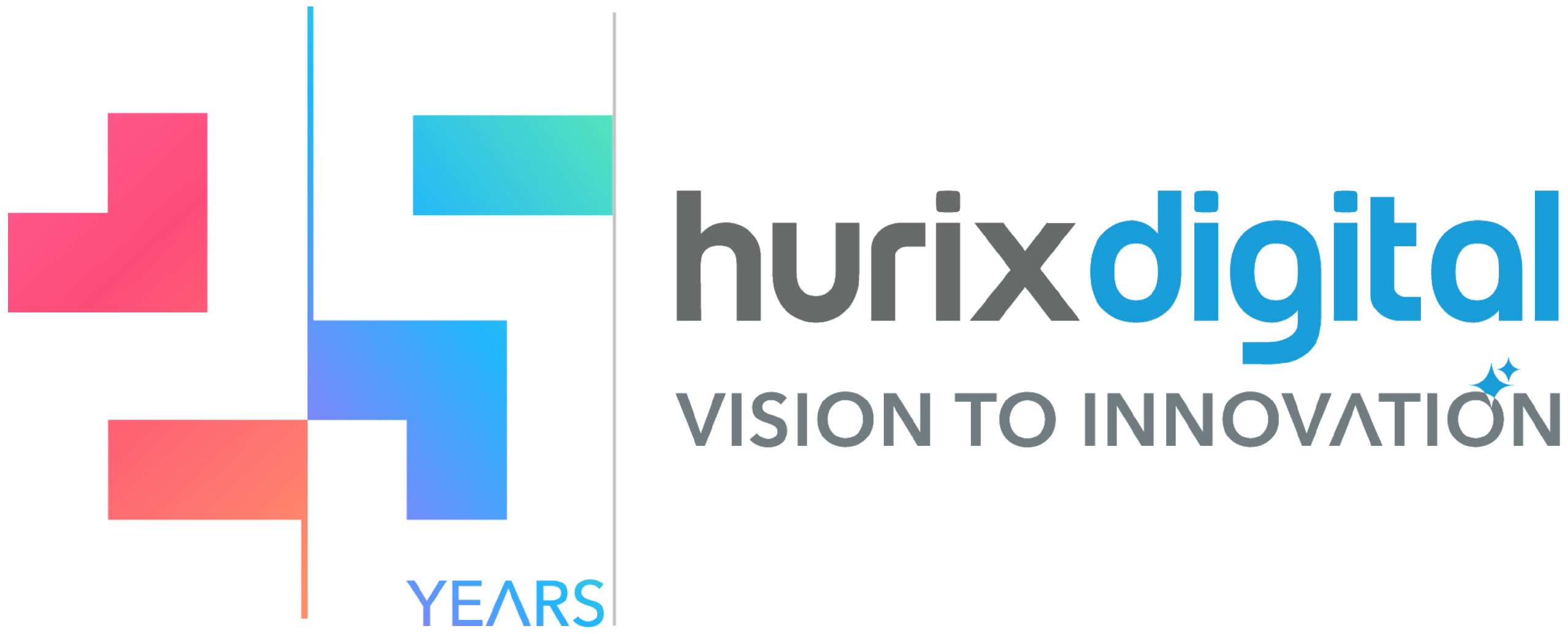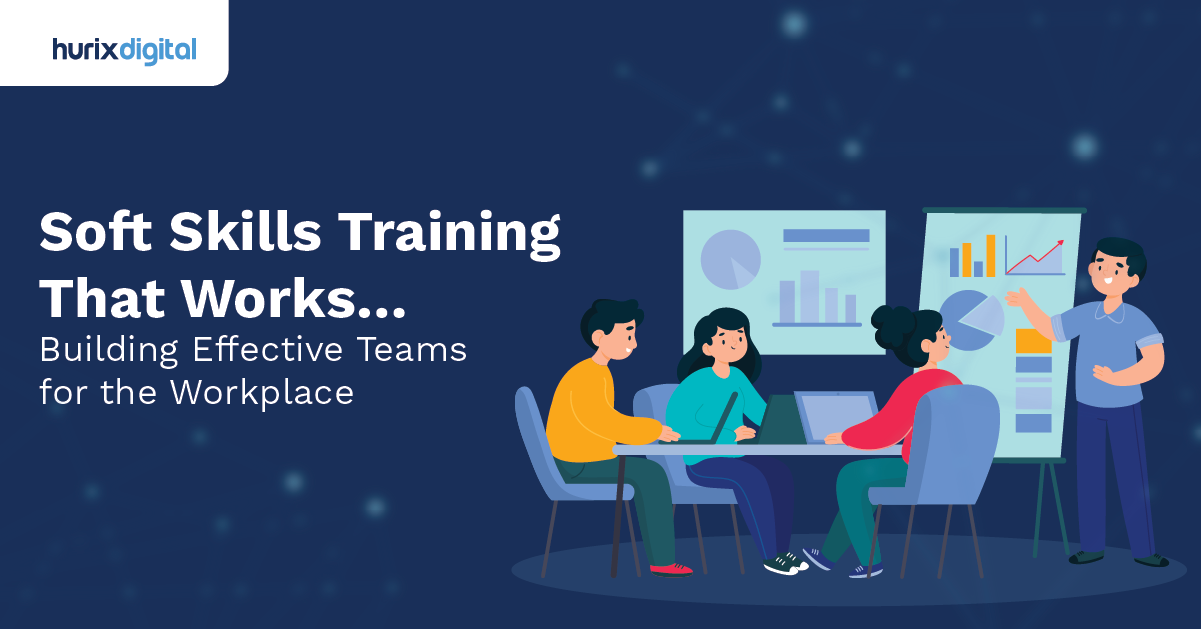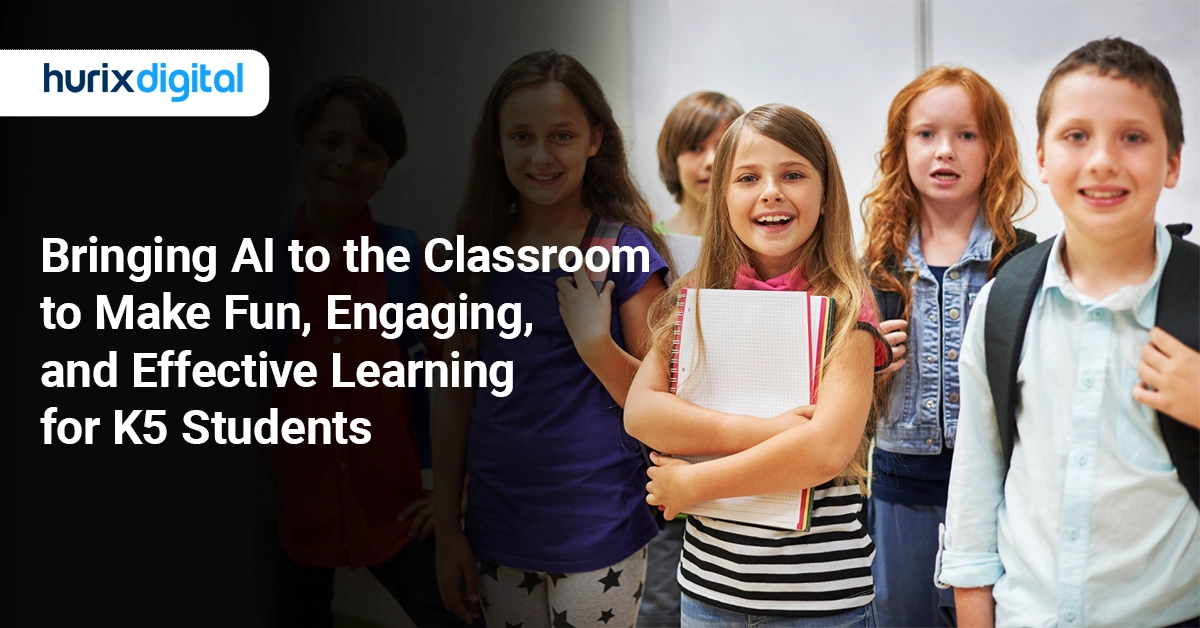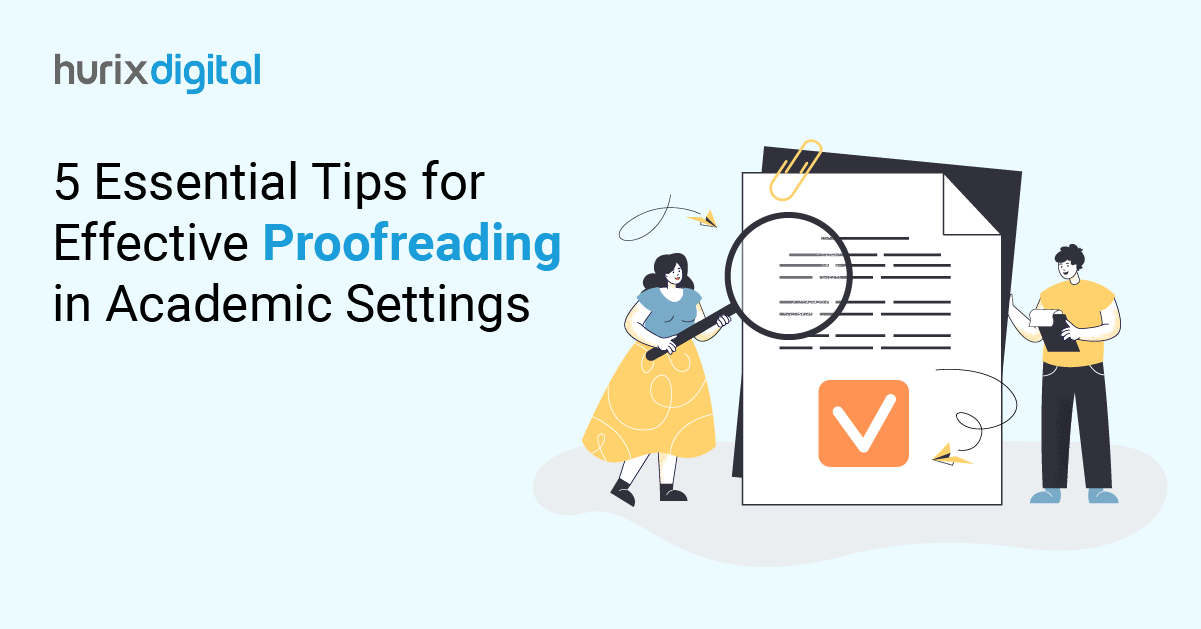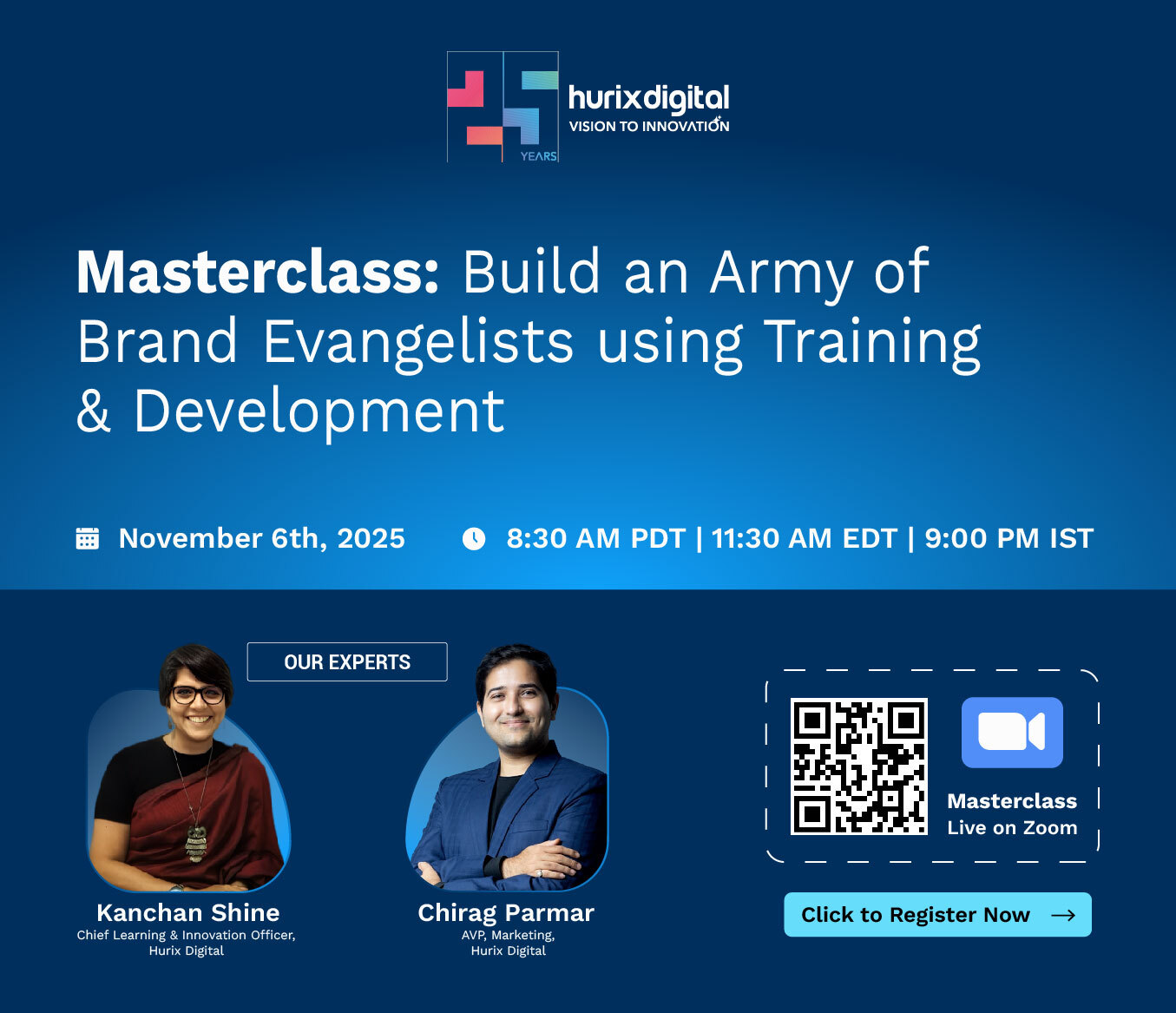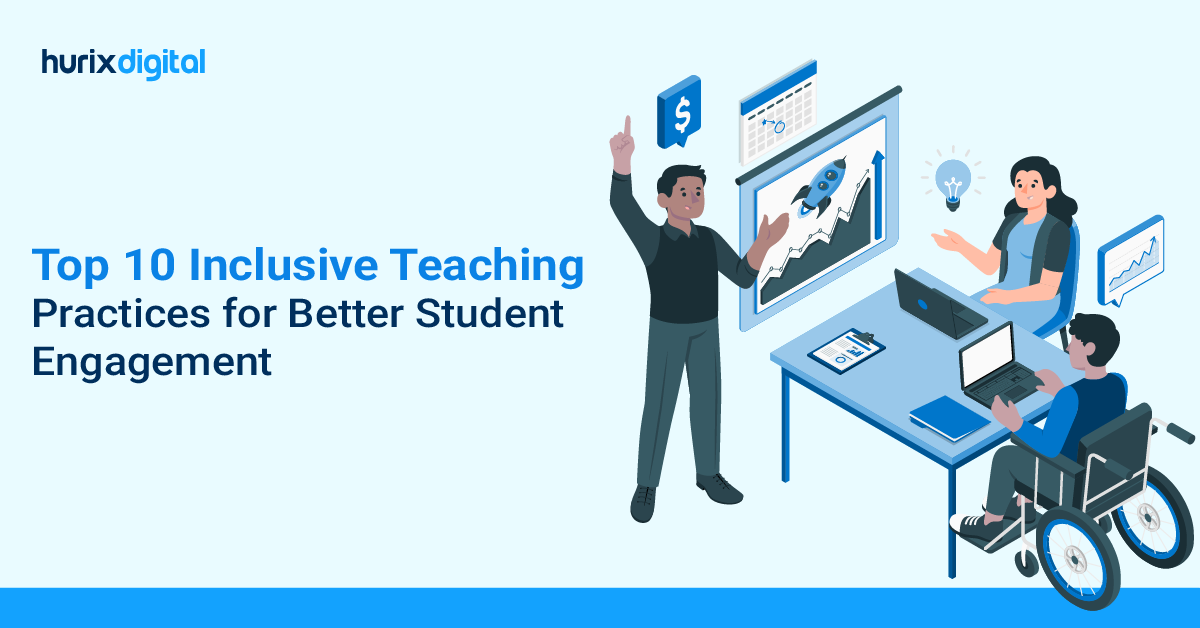
Top 10 Inclusive Teaching Practices for Better Student Engagement
Summarize with:
Lack of inclusion in education leaves learners with disabilities and learning challenges, as well as economic, language, and location barriers outside the formal system.
People with disabilities alone constitute 1.3 billion, i.e., 16% of the world’s population. Hence, a significant number of learners remain underserved due to various barriers.
However, today, the education policies of various countries are becoming more inclusive. The aim behind this shift is to make education an inclusive experience and treat it as a human right. This means that learning must be relevant and accessible to all learners.
A key strategy in this journey is to make inclusive teaching a pillar of education at all levels. This blog deconstructs inclusive teaching, its relevance, and key strategies that can help educators and education providers bring it to fruition.
Table of Contents:
- What is Inclusive Education?
- What are the Top 10 Inclusive Teaching Strategies?
- Get Familiar with Learning Challenges
- Build a Supportive Environment
- Use a Blended Learning Model
- Align Teaching Strategies to Address Barriers
- Leverage the Right Technology
- Build and Share Accessible On-Demand Resources
- Shift from Physical Textbooks to eBooks
- Use Multi-Sensory Teaching Tools
- Build a Collaborative Learning Process
- Encourage Engaged Learning
- Inclusive Education Policy in the USA
- What are the Strategies for Inclusive Education in the USA?
- In Conclusion
What is Inclusive Education?
Inclusive education is a learning approach where all learners, irrespective of gender, socio-economic background, and physical and intellectual limitations, have an equal opportunity to build skills and knowledge. Traditional learning methods, however, prevent millions of learners from effectively learning.
Here are some common scenarios:
- Learners with visual and hearing difficulties lack the necessary support and learning tools. Those with mobility challenges struggle to thrive in an inaccessible environment that is not wheelchair-friendly or has accessible restrooms. There may also be a lack of peer and teacher acceptance.
- Some learners have specific conditions, such as dyslexia, which prevent them from learning through reading and writing. The lack of relevant support prevents them from reaching their full potential.
- Learners with intellectual challenges are often denied education without properly reviewing their abilities.
- Aspects such as gender and socio-economic discrimination may prevent learners from accessing quality education due to systemic prejudices and barriers.
- Some learners may be unable to attend certain schools due to the transferrable nature of a parent’s job.
Inclusive education solves the long-term challenge of inaccessible education for diverse learners.

What are the Top 10 Inclusive Teaching Strategies?
Let’s check the important strategies for the effective implementation of inclusive education:
1. Get Familiar with Learning Challenges
The first step towards building diversity, equity, and inclusion (DEI) in schools and other levels of education is for educators to understand the barriers raised by disability, location, language, and learning challenges before providing solutions.
For instance, learners within the disability spectrum struggle based on their specific disability. A wheelchair user will be unable to physically travel to the school unless the school’s physical infrastructure is accessible to their needs.
Organizations must invest in building training programs that empower educators with the knowledge and skills to deliver inclusive training.
2. Build a Supportive Environment
Inclusive teaching cannot thrive in isolation. It requires a supportive environment—a culmination of infrastructure, tools, resources, and practices—that forms a foundation for its delivery.
For instance, an inclusive environment in a school may include accessible physical infrastructure, trained educators with inclusive teaching skills, and accessible learning resources for students.
On the other hand, a virtual school does not require access to accessible physical infrastructure but a digital framework that supports inclusive teaching. Inclusive environments need to be tailored to the learner context, profile of learners, and education outcomes.
3. Use a Blended Learning Model
There is a growing adoption of a blended learning approach to engage diverse sets of learners, an important pillar of inclusive teaching. This is a combination of classroom lectures combined with other methods, such as access to on-demand online learning resources and collaborative learning through projects.
Blended learning helps build access, as well as connections between diverse learners. Hence, educators need to shift from the mindset of classroom lectures to being open to using diverse tools to enhance learning.
4. Align Teaching Strategies to Address Barriers
Once the learning barriers are identified, the next step is for an organization to put in place teaching strategies that cater to the needs of diverse profiles of learners.
For instance, learners with hearing challenges will need access to video learning resources with captions or sign language interpreters. In the case of live lectures, access to closed captioning in video conferences can close the gap.
5. Leverage the Right Technology
Any educational ecosystem must have access to the right technology to help foster an inclusive approach to teaching. Cloud-based automated learning management systems can benefit educational platforms and institutes.
This solution helps admins create, publish, and distribute high-quality learning resources, make the entire learning operation very efficient, and leverage data to track students’ learning progress.
The last step is especially important for underserved audiences, as educators can offer additional resources to make learning effective.
6. Build and Share Accessible On-Demand Resources
Educators must be in a position to share high-quality, interactive, and engaging on-demand learning resources with their students. Such resources must be thoughtfully and strategically designed to be accessible to all.
Education publishers must follow the universal design principle and ensure that the same piece of content can be relevant to every learner, no matter what the learning challenge.
7. Shift from Physical Textbooks to eBooks
Today, educators and education providers are adopting interactive eBooks. Interactivity builds engagement and unlocks the doors of access for diverse learners.
The text size can be adjusted, and the learners and teachers can highlight text and leave comments. Learners can engage with videos, audio representations, and interactive quizzes. eBooks can power diversity and inclusion in higher education.
8. Use Multi-Sensory Teaching Tools
Today, educators are leveraging multi-sensory tools that engage all senses, from listening to physical touch.
This approach enables learners to use their preferred ability to enhance their learning journeys and absorb knowledge and skills. This approach is disrupting the one-size-fits-all mode of education.
9. Build a Collaborative Learning Process
Nurturing a collaborative learning process is a great way to drive DEI in higher education. Group projects, for instance, can nurture social integration in underserved learners as much as knowledge absorption.
They nudge learners to engage with each other and build team skills, which are highly demanded in the workplace.
10. Encourage Engaged Learning
Educators are disrupting the lecture-style classroom by breaking down learning into smaller segments. Hence, lectures can be interjected with quizzes, which can be made accessible by using interactive voting software.
However, for these activities to be equally effective, they must be accessible to all learners. This is where technology comes into play. For instance, interactive voting software can help all learners participate in a quiz.
Inclusive Education Policy in the USA
In 1975, the Education for All Handicapped Children Act, also known as the Individuals with Disabilities Education Act (IDEA), was signed into law. By law, all children were guaranteed access to relevant public education. Considered a landmark civil rights amendment, the public school system began accepting learners with disabilities.
Through consequent IDEA amendments, affirmative steps were taken to drive superior outcomes for learners with difficulties. In 1975, 1.8 million children with disabilities were excluded from attending public schools. By the academic year, over 66% of learners with disabilities attend school for 80% or more of their day.
Let’s dig deeper into the strategies for inclusive education working in the USA.
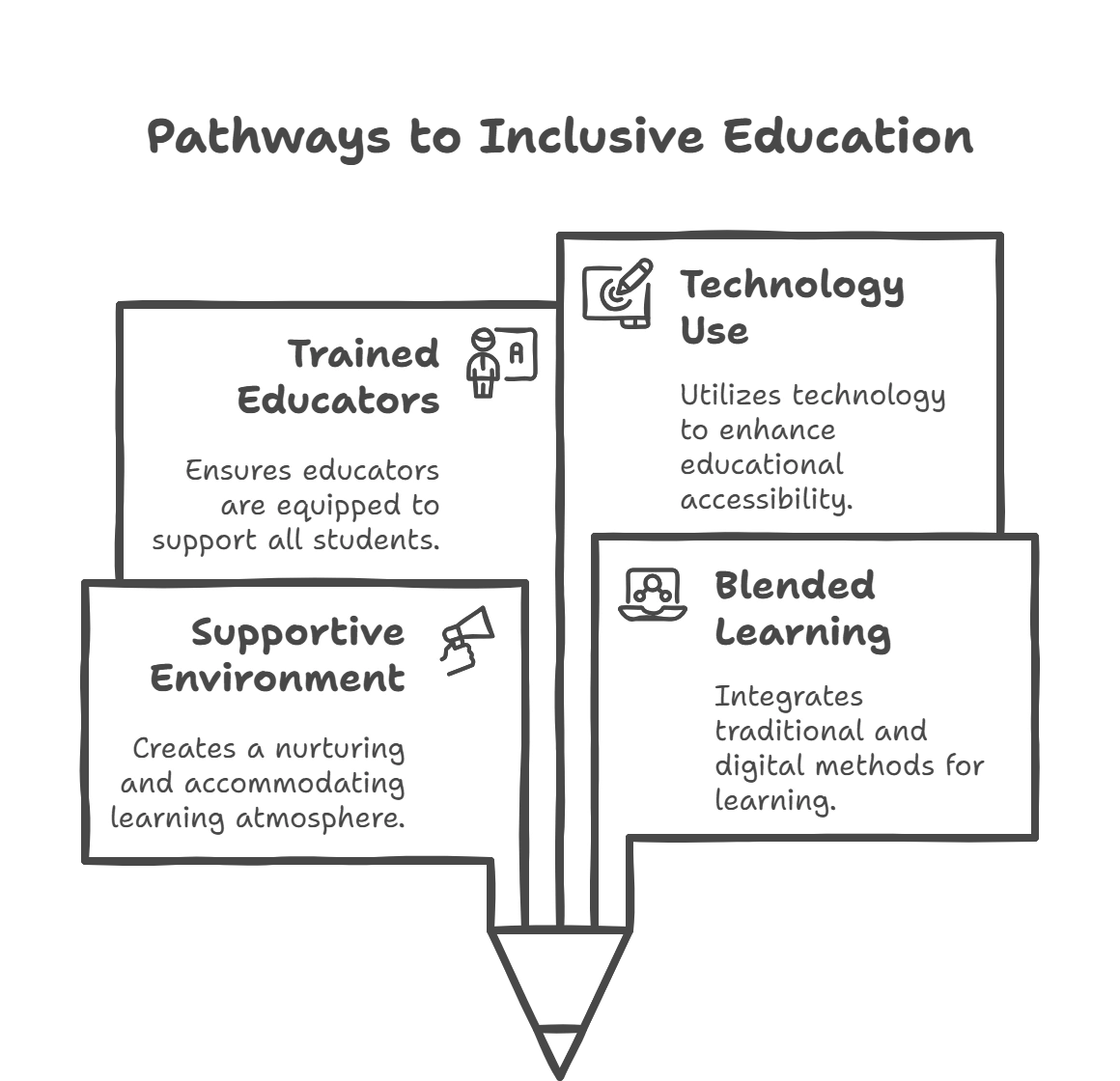
What are the Strategies for Inclusive Education in the USA?
Let’s delve into strategies along with inclusive education examples:
1. Supportive Learning Environment
The first step towards inclusive education is creating a supportive learning environment for students. The learning culture must be welcoming to students with limitations and challenges. This requires education providers to thoroughly understand learners from diverse backgrounds, their needs, and potential. For example, inclusive education institutes in the USA offer accessible infrastructure that allows learners using wheelchairs to navigate the premises independently.
2. A Blended Learning Approach
Today, more education providers are leveraging a blended learning approach, which combines various learning methodologies to enhance learning effectiveness. For instance, teachers in the USA supplement classroom lectures with access to high-quality on-demand online resources such as videos, audio representations, infographics, gamified learning, and interactive quizzes.
24/7 access to such resources explains fundamentals through high-impact visuals, 3D/animated visualization, and audio narratives, which cater to those with visual, hearing, and learning difficulties. The same content can cater to a diverse audience of learners because it is accessible in multiple formats. A blended learning approach encourages self-learning, flexibility, and revision of educational concepts.
3. Trained Teachers and Facilitators
Educators need to receive training to understand the needs of diverse learners fully. Additionally, they must study the techniques and learning methods to bridge the gaps in current educational programs. For example, a teacher working with learners with hearing challenges should be acquainted with sign language or have a designated sign language interpreter in the classroom.
Teachers should also be provided access to on-demand learning resources that bridge learning barriers. Early investment in training educators can help education providers boost the learning outcomes of underserved learners.
4. Smart Usage of Technology
Even if an education provider aims to have an inclusive education policy, it must back it up by delivering high-quality, accessible education. Access to the right technological tools can help them combine intention with delivery.
For instance, inclusive education providers in the USA are adopting AI-driven learning management systems (LMS) to run their education operations end-to-end. They leverage superior digital publishing tools to create, publish, and disseminate online learning resources to students across geographies.
These innovative digital learning solutions are instrumental in helping education providers meet their inclusive education goals.
In Conclusion
Today, inclusive education is no longer considered a social cause. It is a civil right guaranteed by the law. However, turning it into reality requires strategic thinking, planning, universal design interventions, and the relevant use of technology. The importance of inclusive education is growing, and the USA has made significant strides in the right direction using technological innovation.
Whether you are an education provider or an education technology company, you can partner with technology specialists like Hurix Digital, pioneers of innovative e-learning solutions that make learning accessible. This step paves the way for greater learning effectiveness for diverse and underserved learners.
If your business is looking to integrate inclusive education into its education system, Hurix Digital can help you meet all your learning management needs.
Contact us to start a conversation and leverage the best LMS solutions for your small business.
Summarize with:

Senior Vice President
A Business Development professional with >20 years of experience with strong capability to sell new solutions and develop new markets from scratch. New Market Entry Specialist with experience working in the largest emerging markets. Exceptional experience in conceptualizing, ideating and selling new learning technologies like VR AR, etc. across multiple industry verticals.
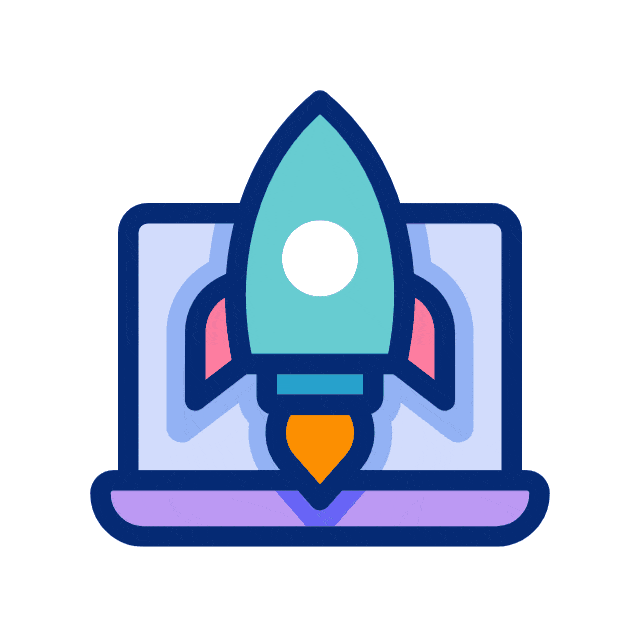 Upcoming Masterclass | Build an Army of Brand Evangelists using Training & Development | November 6th, 8am PT | 9PM IST |
Upcoming Masterclass | Build an Army of Brand Evangelists using Training & Development | November 6th, 8am PT | 9PM IST |
